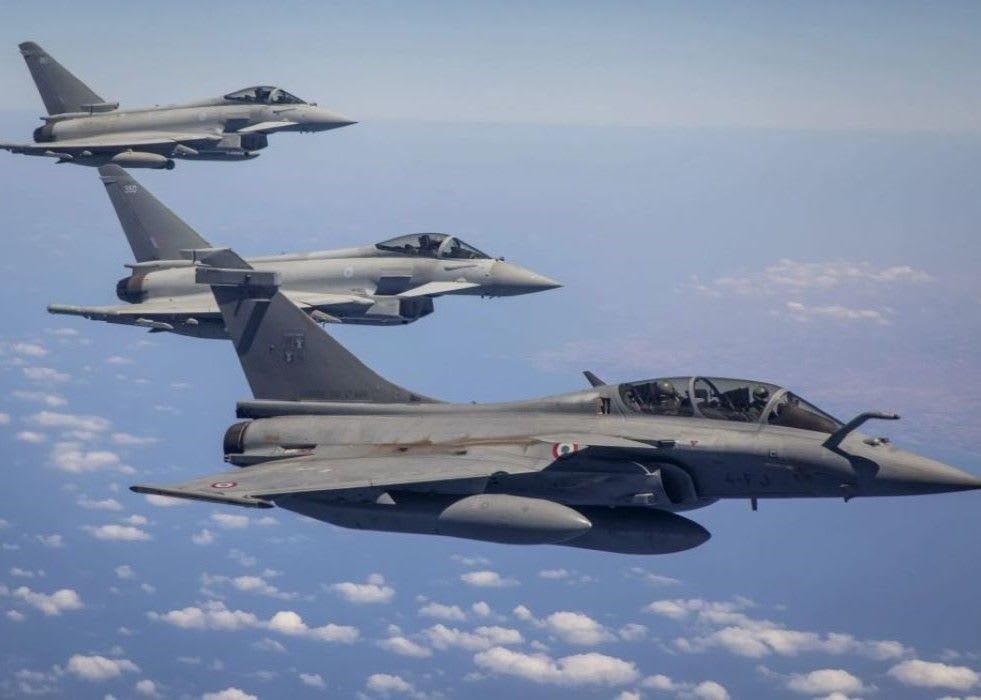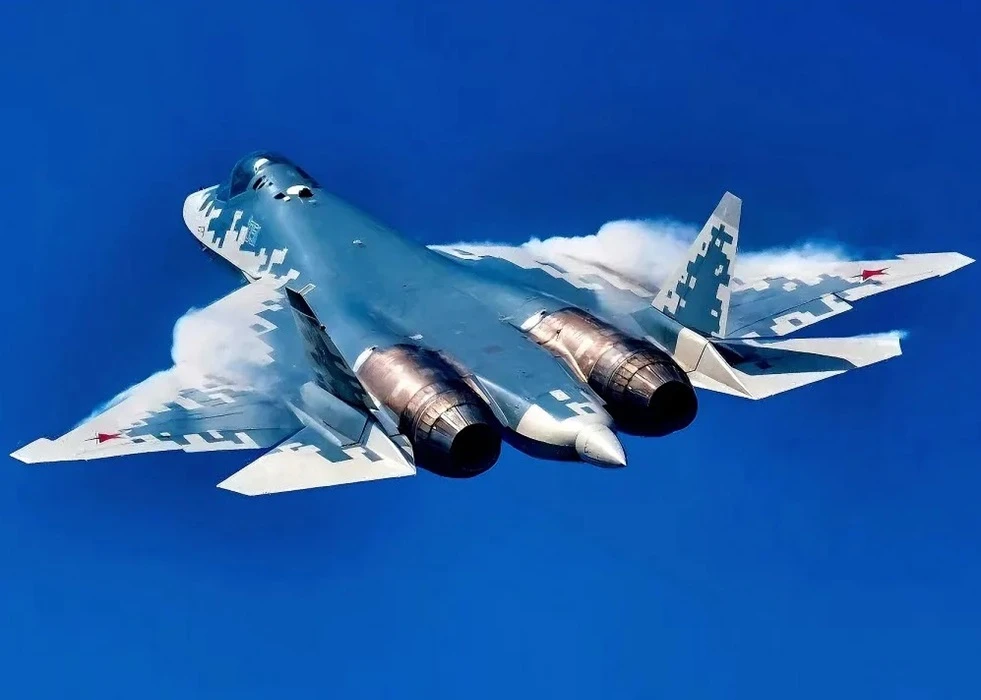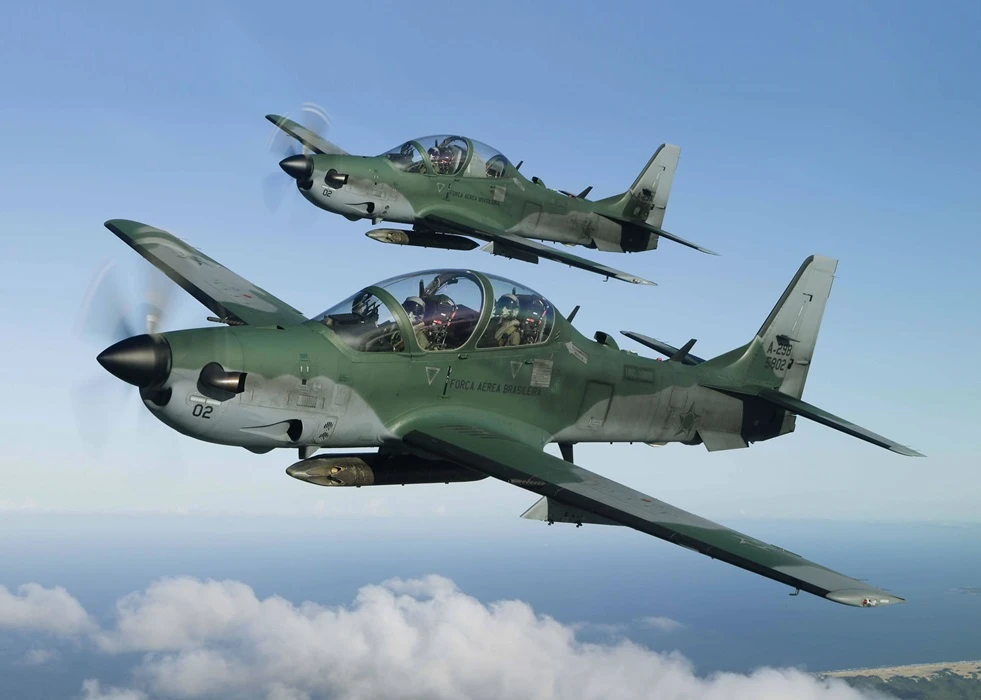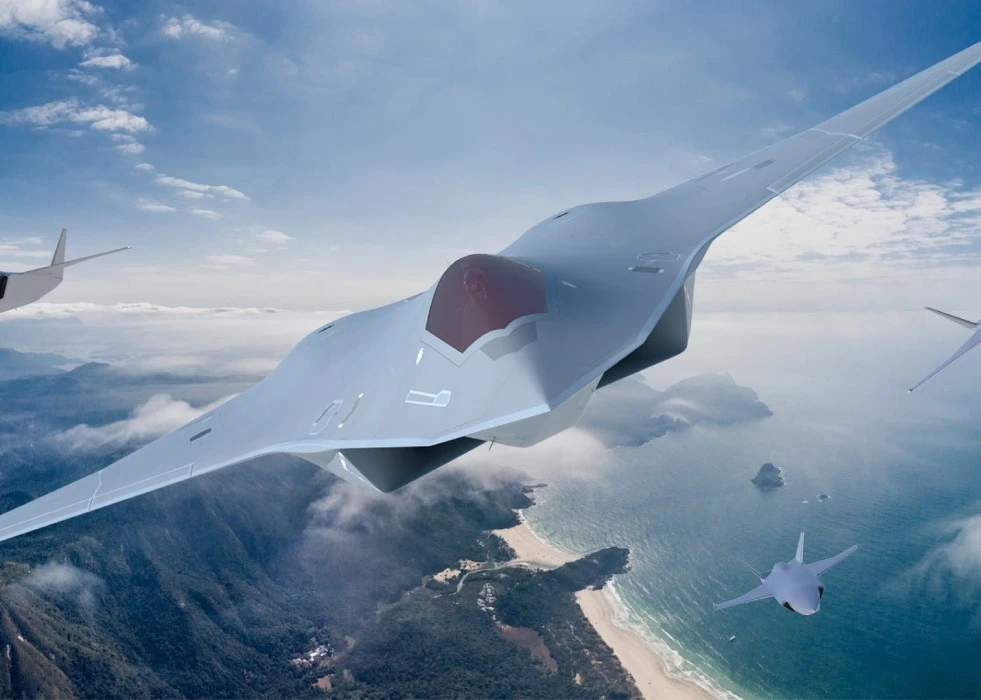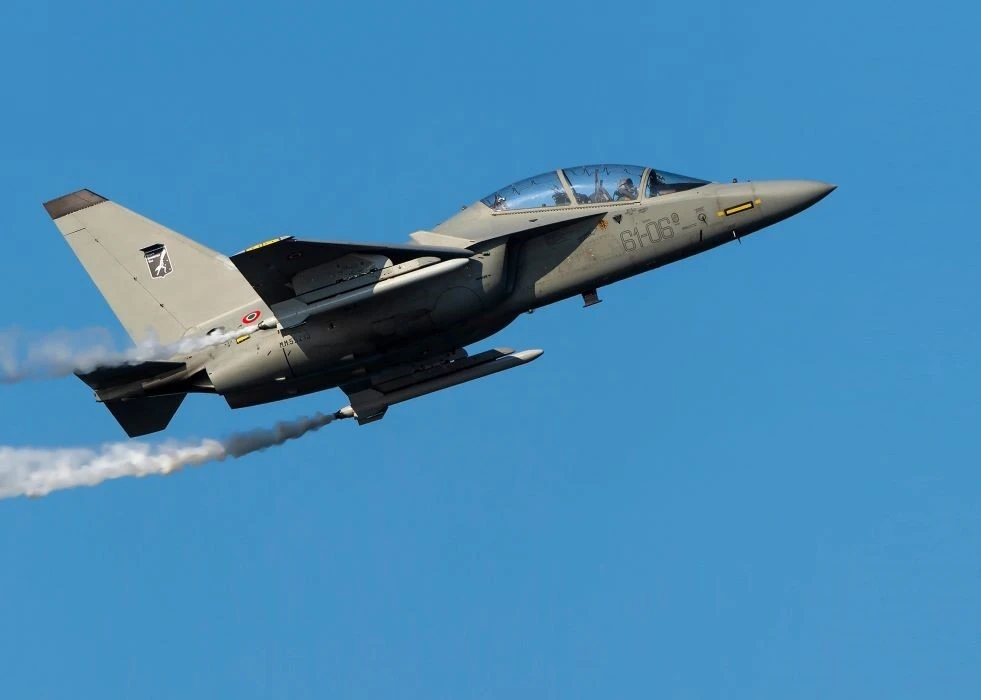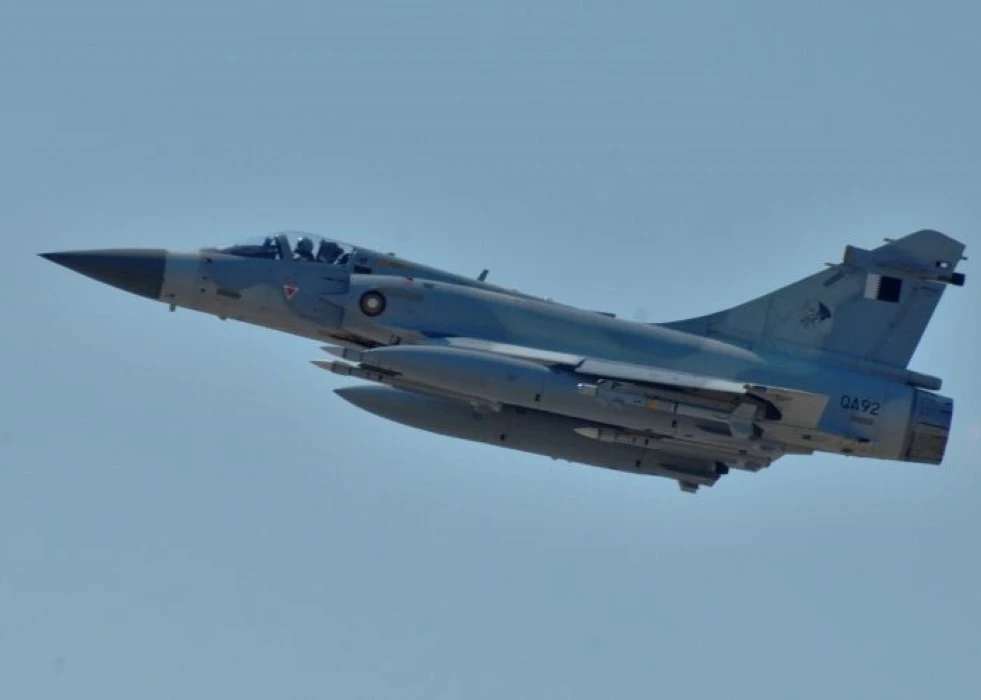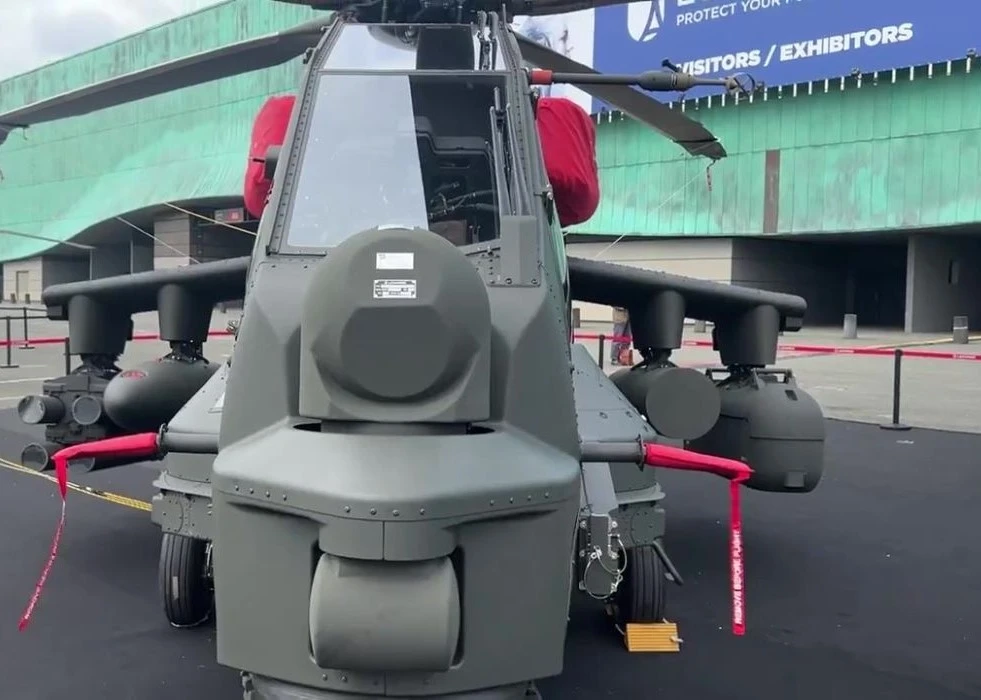By Özgür Ekşi TurDef Editor in Chief
We analysed the last chapter on why the Turkish Air Force needs a fighter like Eurofighter. We mentioned that the fighter has won battles at dog fights at training sessions. In this session, we analyse the most likely scenarios and possible outcomes. By its nature, the strategy and tactics evolve. It is worth remembering that the scenarios mentioned might become invalid as new solutions emerge.
Getting to know the advantages and disadvantages of Canard Delta Configuration
Delta wings are considered one of the most optimal configurations for high-speed flight. The large wing root allows for a thick main spar structure without sacrificing low section thickness. This enables a reduction in the number of necessary structural components, resulting in achieving the same robustness with lower weight. Additionally, it is known that the delta configuration offers a wider aerodynamic area and theoretically provides relatively higher fuel capacity compared to configurations with the same span. This leads to lower approach speeds. However, it is known that recovering from deep stalls in delta wing structures, especially at high angles of attack due to flow patterns on the leading edges, can be challenging.
While the flow structure on the leading edges increases the lift coefficient at high angles of attack, the recovery in deep stall situations is known to be difficult for delta wings. Despite the positive impact on manoeuvrability, the significant aerodynamic drag due to the large wing area and low aspect ratio leads to substantial drag at high speeds, particularly during subsonic flight, causing consequential energy loss in sharp turns. The Eurofighter addresses this disadvantage through engine choices, aiming to minimise the effects and rapidly regain lost energy after completing manoeuvres. This becomes crucial for achieving high-performance values, especially at high altitudes.
Both Eurofighter and Rafale aircraft feature delta wing and canard configuration, and it is essential to consider the advantages of this choice brings to the aircraft. In Typhoons, the preference for the "long arm," the distance of the canard to the aircraft's centre of gravity, reveals distinctive characteristics. In canard-based aircraft, especially those capable of supersonic speeds, the movement of the centre of lift forward and backward is less pronounced. This results in less impact on the balance and manoeuvrability characteristics of the aircraft as the Mach number increases, compared to conventional designs. The canard also proves crucial in balancing air-to-air and air-to-ground configurations, enhancing the aircraft's overall manoeuvrability.
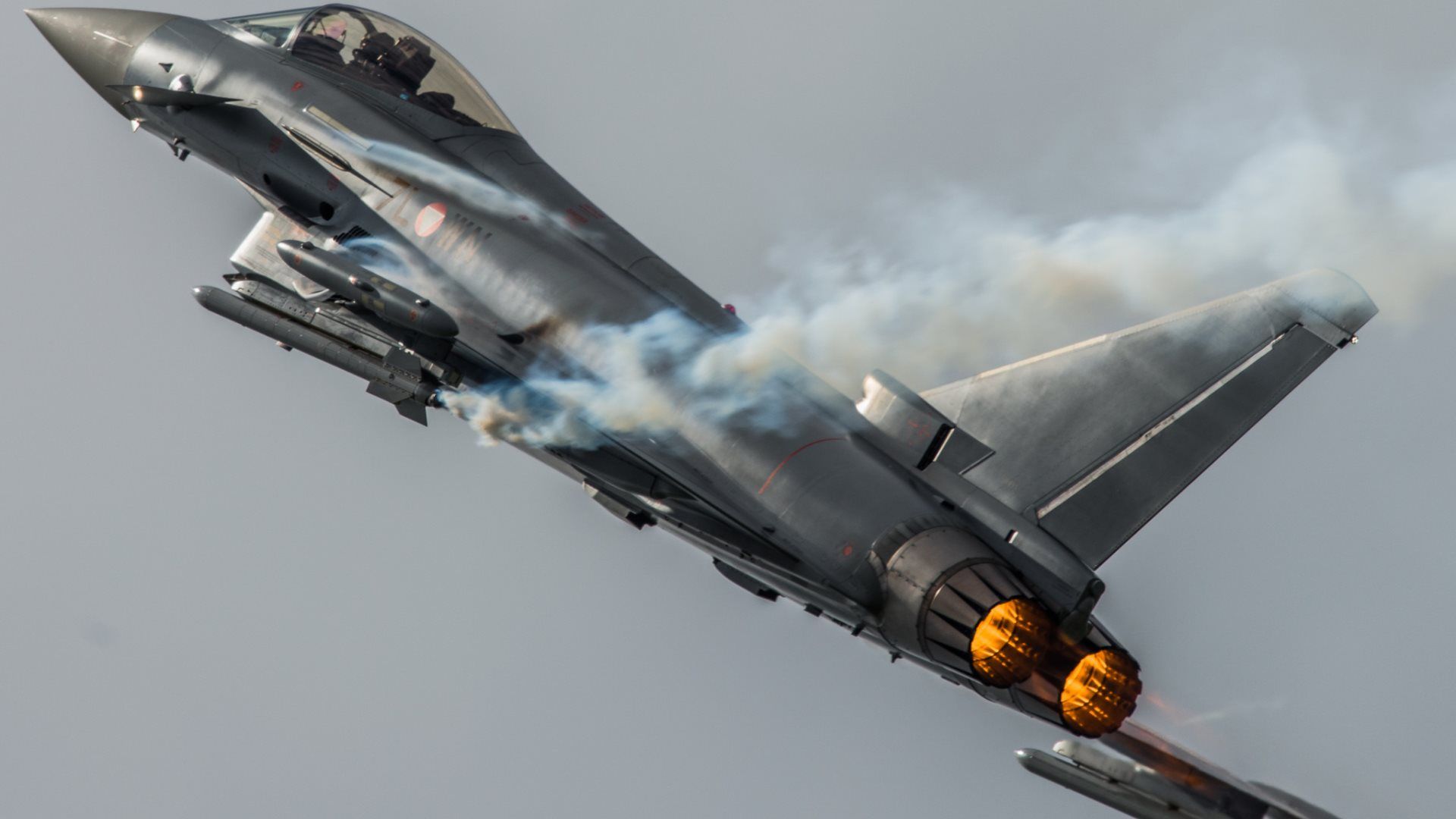
For Typhoons, the Long Arm preference is associated with the position of the air intakes. The current configuration was adopted after it was found that the previous arrangement, especially during cruise conditions, caused unacceptable drag forces. Gripen and Rafale, on the other hand, have overcome this issue by better positioning the air intakes. According to the manufacturer's statements, the Typhoon's configuration increases the aircraft's agility at subsonic speeds, providing a more stable flight at high speeds due to the shift in the centre of gravity towards the rear.
The Long Arm configuration is a good choice for aircraft designed for high-speed and interception tasks. Although it does not contribute significantly to lift compared to the close configuration preferred in Rafales, it plays a crucial role in maintaining the lift coefficient without affecting aerodynamic drag. While it may not enhance the aircraft's performance at high angles of attack, the unaffected lift coefficient transforms into reduced aerodynamic drag, maximising energy efficiency. The Typhoon's ability to maintain longer turns without losing speed, and its superior fuel economy in all speed conditions makes it a favourable choice.
In addition to its theoretical improvement in high angles of attack performance, the current combination enhances take-off performance, allowing operations from shorter runways. Although it theoretically improves the aircraft's ability to lower its nose at high angles of attack, its effectiveness is limited. Therefore, Eurofighter Typhoons are known to be sensitive to high angles of attack. Despite software measures, the hardware's tendency to pitch up at transonic speeds is stated not to affect spin recovery capabilities. The manufacturer has also developed an additional aerodynamic kit to enhance low-altitude manoeuvrability.
The aerodynamic structure, engine, and their combination almost make Eurofighter Typhoons unrivalled for Western counterparts, especially at high altitudes. High speed and altitude are two crucial features for maintaining initiative from the beginning in aerial combat. Furthermore, in long-range and even beyond-visual-range engagements, the advantages of speed and altitude provide significant benefits in terms of climb rate and aerodynamic drag, thanks to the thinner air layer.
Lastly, all these features elevate the supersonic cruise characteristics of Eurofighter Typhoons to superior levels compared to their counterparts.
Effectiveness of Eurofighter Typhoons in Engagements
Air combat evolves with each new aircraft model developed in the modern era. Especially with each new generation, the nature of air-to-air engagements diversifies, and the importance of long-range engagements continues to grow.
In modern conflicts, mostly seen two or four-ship combat groups follow specific tactics. Short-range engagements, especially those beginning at distances of 10 to 15 kilometres, have become prevalent due to the development of medium-range fire-and-forget-capable missiles. In such scenarios, one crucial condition forcing parties to come close is the difficulty of an aircraft starting the engagement at a high altitude, even if it moves away from the contact area. Defending against radar-guided missiles involves manoeuvres such as reducing tracking solutions by taking missiles to a 90-degree angle, making sudden direction changes, and not losing speed and energy. Parties involved in engagements prefer to close the distance instead of moving away to break the effectiveness of radar-guided missiles, falling within the effective area of short-range infrared-seeking missiles. These systems have significantly enhanced nowadays, and conflicts are expected to be very brief. Nevertheless, in such engagements, advanced countermeasure systems of new models provide higher chances of surviving the first salvo during the approach.
After the approach phase, known as dogfighting, begins, where short-range missiles are still effective. However, in these manoeuvres, parameters such as turn radius, the ability to sustain these turns at high G forces for an extended period without losing speed, and the power to climb become essential. Fighter aircraft wanting to evade missile threats try to maintain these manoeuvres by keeping the opponent very close. For these reasons, we still see the presence of barrelled guns in aircraft. In this final stage, where two similar aircraft and pilots face each other, they try to keep the engagement as close as possible.
In dogfights, the aerodynamic characteristics of aircraft, turn radius, the ability to make sudden high-angle turns without losing speed for an extended period, and climbing power are crucial parameters. While aircraft like the F-16 excel in maintaining all these parameters, designs such as the F/A-18 or Su-27 can suddenly make high-angle turns, even at the cost of speed loss, and put pressure on the opponent.
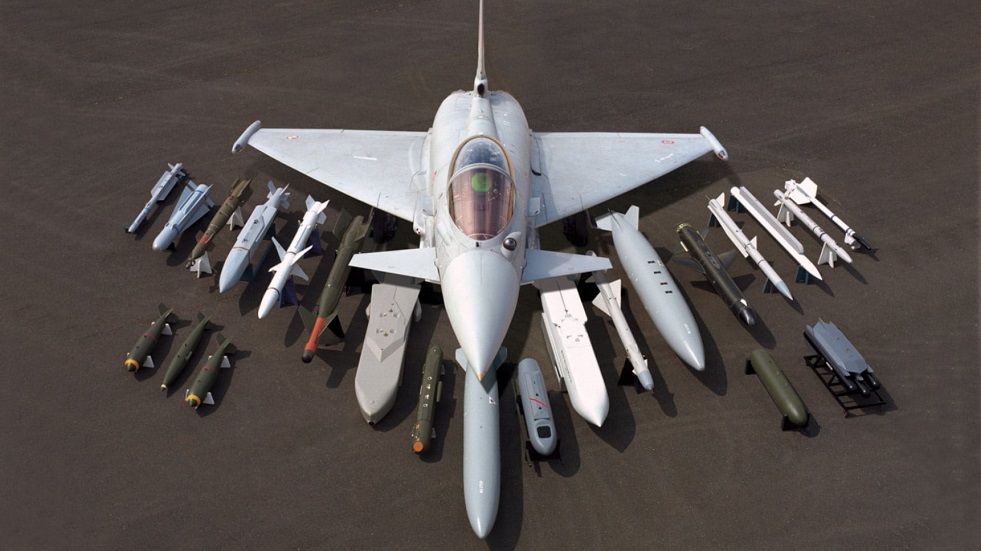
The most critical features of delta wing designs are generally manifested at high altitudes. Delta-wing aircraft, which can constantly pressure the opponent with very narrow turn angles, can compensate for the altitude loss in these turns. After a specific altitude loss, delta wing configurations with high thrust-to-weight ratios can recover altitude with vertical manoeuvres. In Europe, there are instances where delta wing designs, such as the MiG-21, created challenges for third-generation American models in dogfights, with sudden turns and high climb capabilities. These aircraft have been observed to effectively respond to both the advantages of high-angle attacks of Russian/Soviet wing-body configurations (MiG-29 and F/A-18) and the advantages of more conventional models with longer-turn radius performance, such as the F-16, in many encounters.
The ability of Eurofighters to combine powerful engines and climbing capacity with delta wing configurations makes them almost unbeatable for Western counterparts, especially at high altitudes. While the aircraft's manoeuvrability and missile power are essential, sensor capability is the most crucial input. In this context, the AESA member of the Captor radar family, Captor E, is an active electronically scanned array system. In Typhoons, this system replaces the conventional radar with mechanical scanning. The Captor E, manufactured by Hensoldt, includes 1626 Standardised Modular Transmit-Receive Modules (SMTRMs) capable of producing high power. In a past statement, a radar expert at EADS claimed that the new Captor could detect the F-35 Lightning II from a distance of 59 kilometres. According to Airbus's official release, CAPTOR-E provides a detection range of over 200 kilometres with a field of view of 200 degrees. This capability emphasises the aircraft's ability to see without being seen.


